The Children’s Book Review: What is a haiku? How do you teach a child about haikus? And what to avoid!
Do you love to express yourself in just a few words? If so, you’re in for a treat with haiku! Haiku is a form of Japanese poetry that’s short, sweet, and full of wonder. Whether you’re new to haiku, already a budding poet, or want to introduce haiku to kids, let’s dive into the world of this delightful art form.
What is Haiku?
Haiku is a type of poetry that originated in Japan. It’s known for its simplicity and for capturing the beauty of nature or a moment in just a few lines. Traditionally, haiku consists of three lines with a specific syllable pattern: the first line has five syllables, the second line has seven syllables, and the third line has five syllables again.
How Do You Teach a Child Haikus?
Teaching haiku to kids can be a fun and enriching experience. Here are some tips to get started:
Nature Walks: Take your child on a nature walk and encourage them to observe their surroundings. Notice the colors, sounds, and textures of the world around you. Afterward, sit down together and write haiku inspired by what you saw and felt.
Syllable Games: Play games that help children understand syllables. Clap out the syllables in their favorite words or phrases—this will help them grasp the concept of syllable counting, which is essential for writing haiku.
Read Aloud: Read haiku written by famous poets or children’s haiku books together (see below for examples). Discuss what makes each haiku unique and how they evoke emotions or paint vivid pictures with just a few words.
Encourage Creativity: Haiku doesn’t have to be limited to nature themes. Please encourage your child to write about everyday experiences, feelings, or anything from their imagination. The key is to capture a moment or feeling concisely and evocatively.
What are the Three Rules of Haiku?
Haiku may seem simple, but there are a few rules to keep in mind:
Syllable Structure: Each haiku should have three lines with a specific syllable pattern: 5 syllables in the first line, 7 in the second line, and 5 in the third line.
Seasonal Reference: Traditional haiku often includes a seasonal word or reference, called a “kigo,” that evokes a particular time of year—this helps set the scene and adds depth to the poem.
Cutting Words or Punctuation: Haiku often uses a cutting word, called a “kireji,” or punctuation to create a pause or shift in the poem, adding rhythm and emphasis to the verses.
What Should You Not Do in a Haiku?
While haiku encourages creativity, there are a few things to avoid:
Overly Complex Language: Haiku thrives on simplicity. Avoid overly complicated words or phrases that might obscure the poem’s meaning.
Forced Themes: Let the inspiration flow naturally. Avoid forcing a theme or topic into your haiku if it doesn’t feel genuine.
Lack of Imagery: Haiku should paint a vivid picture or evoke strong emotions. Avoid writing haiku that lack imagery or fail to connect with the reader.
Haiku is a beautiful form of poetry that invites us to slow down and appreciate the world around us. Whether you’re marveling at the beauty of a flower in bloom or the sound of rain tapping against the window, haiku offers a simple yet powerful way to capture life’s fleeting moments. So grab a pen, let your imagination soar, and start writing your own haiku today!
Haiku Examples for Kids
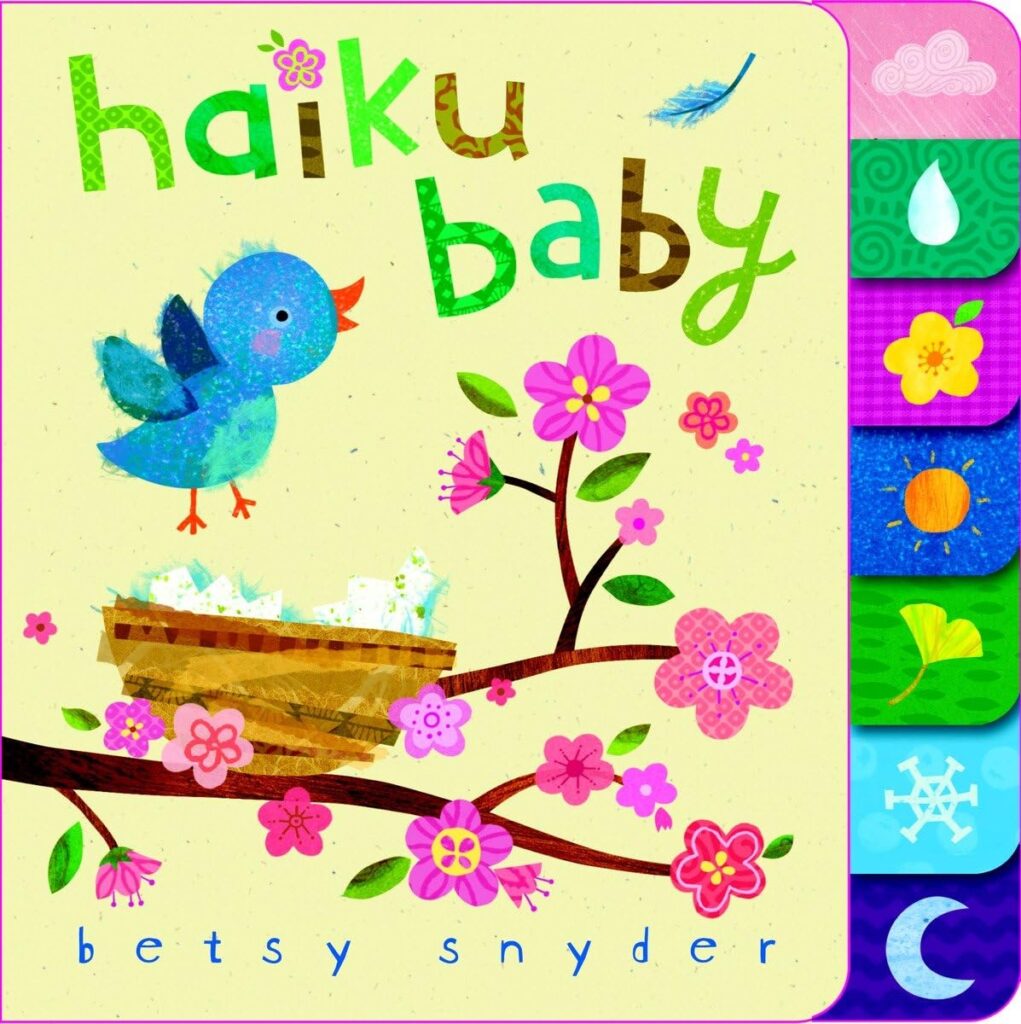
Haiku Baby
Written and Illustrated by Betsy E. Snyder
Ages 1-3 | 14 Pages
Publisher: Random House Books for Young Readers | ISBN: 9780375843952
Publisher’s Synopsis: The simple delights in baby’s natural world—a bird, a fish, a leaf, a snowflake, a raindrop—are celebrated in the traditional Japanese poetic form, the haiku. In just 17 syllables, a moment, a season, the elements are joyfully captured. Betsy Snyder’s peaceful little board book has tabs to encourage little hands to turn the pages and adorable artwork to delight everyone!
Buy the Book
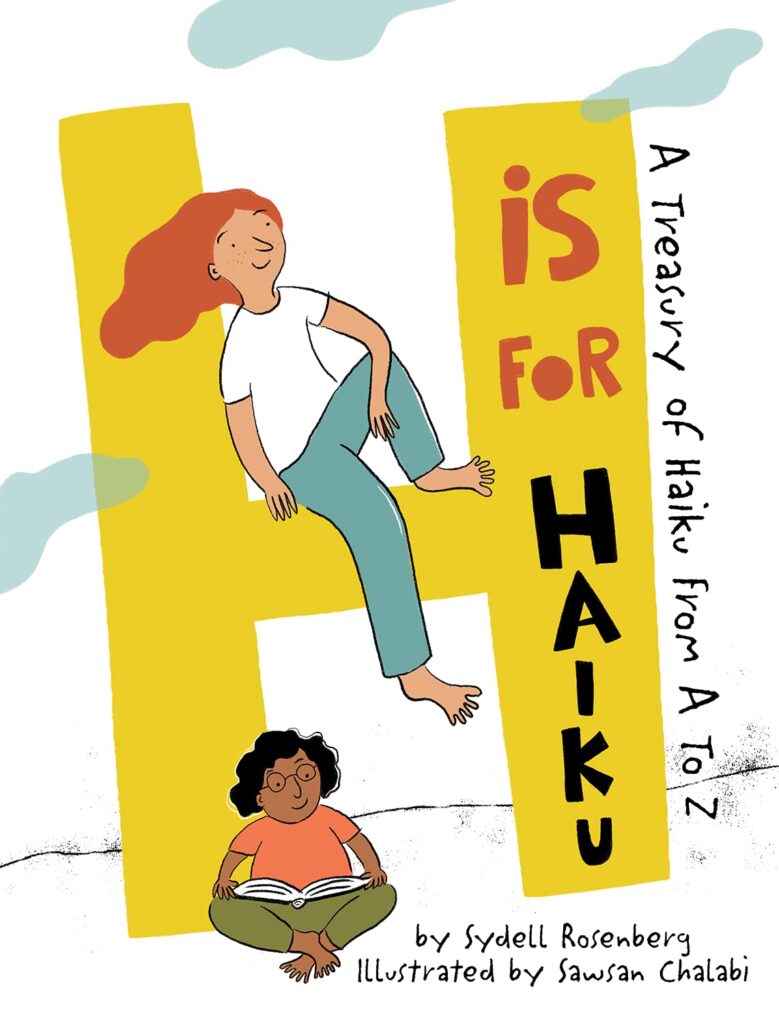
H Is For Haiku: A Treasury of Haiku from A to Z
Written by Sydell Rosenberg
Illustrated by Sawsan Chalabi
Ages 5-11 | 40 Pages
Publisher: Penny Candy Books | ISBN: 9780998799971
Publisher’s Book Summary: Inspired by her experiences living in New York City, Sydell Roseberg’s haiku invite children and grown-ups alike to slow down, linger, and pay attention to the moments we often overlook. Illustrated in a dynamic and colorful style with text integrated into the images, H is for Haiku is a delightful addition to any bookshelf.
Buy the Book
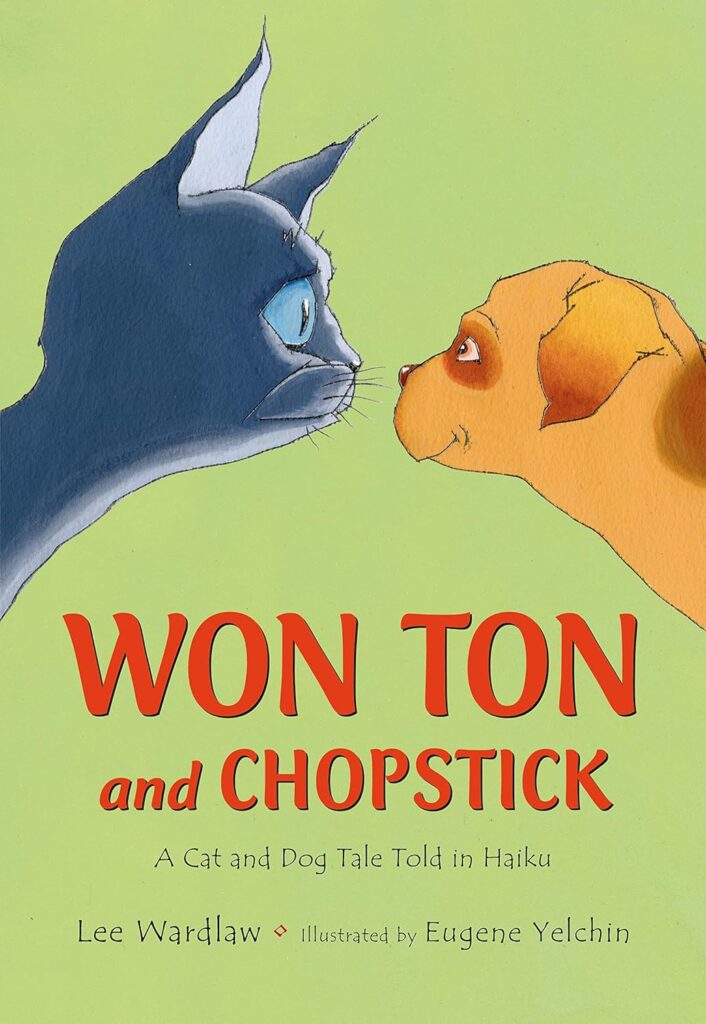
Won Ton and Chopstick: A Cat and Dog Tale Told in Haiku
Written by Lee Wardlaw
Illustrated by Eugene Yelchin
Ages 4-8 | 40 Pages
Publisher: Henry Holt and Co. (BYR) | ISBN: 9780805099874
Publisher’s Book Summary: Won Ton has a happy life with his Boy, until…
Ears perk. Fur prickles.
Belly low, I creep…peek…FREEZE!
My eyes full of Doom.
A new puppy arrives, and nothing will be the same.
Told entirely in haiku and with plenty of catitude, the story of how Won Ton faces down the enemy is a fresh and funny twist on a familiar rivalry.
Buy the Book
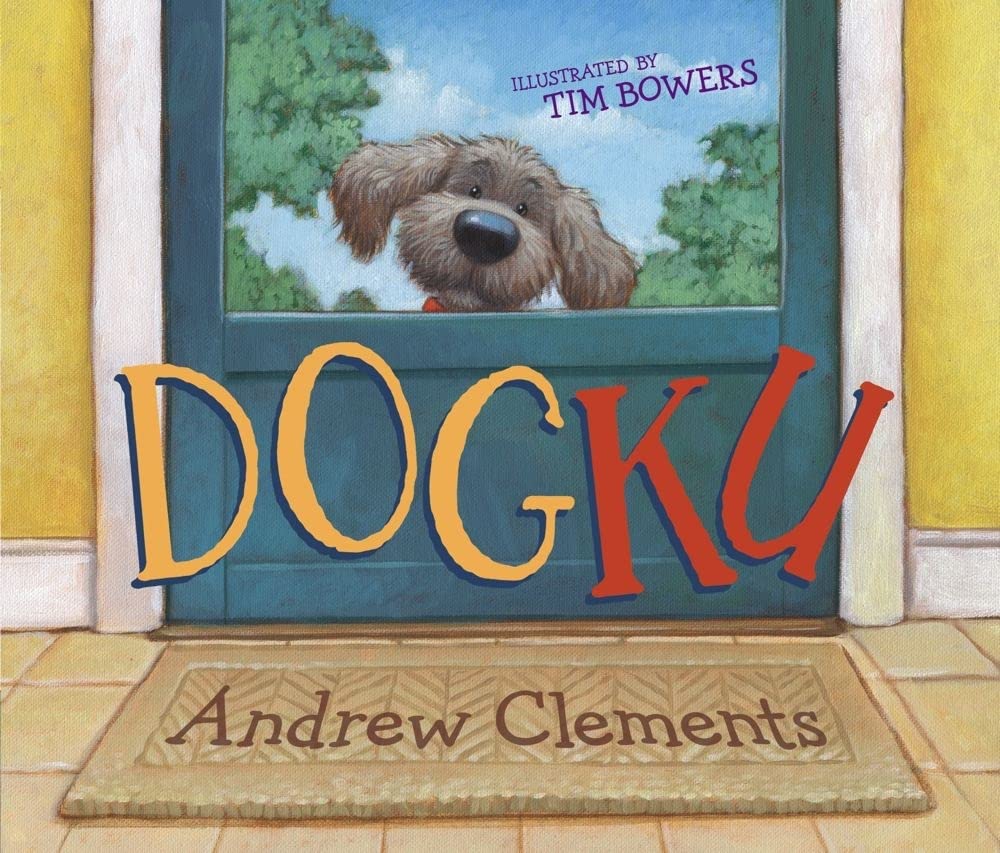
Dogku
Written by Andrew Clements
Illustrated by Tim Bowers
Ages 4-8 | 40 Pages
Publisher: Atheneum Books for Young Readers | ISBN: 9780689858239
Publisher’s Book Summary: Wandering through the neighborhood in the early-morning hours, a stray pooch follows his nose to a back-porch door. After a bath and some table scraps from Mom, the dog meets three lovable kids. It’s all wags and wiggles until Dad has to decide if this stray pup can become the new family pet. Has Mooch finally found a home? Told entirely in haiku by master storyteller Andrew Clements, this delightful book is a clever fusion of poetry and puppy dog.
Buy the Book
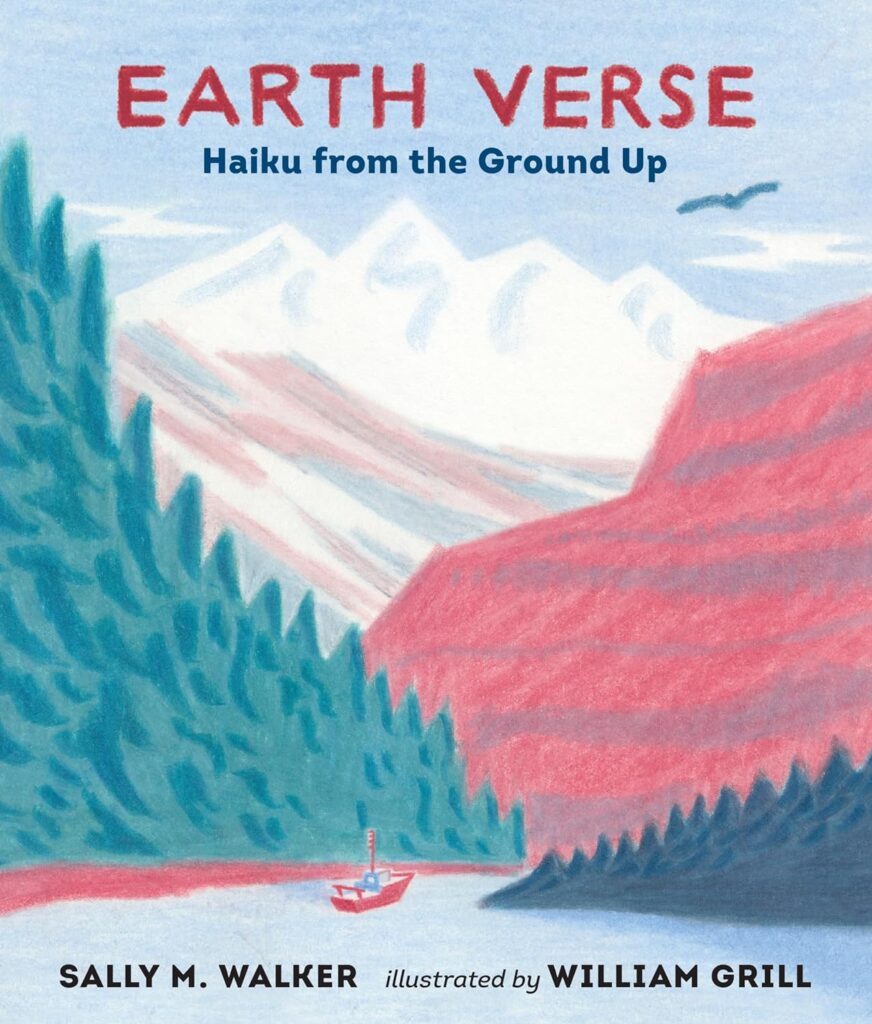
Earth Verse: Haiku from the Ground Up
Written by Sally M. Walker
Illustrated by William Grill
Ages 7-9 | 48 Pages
Publisher: Candlewick | ISBN: 9780763675127
Publisher’s Book Summary: In a stunning combination of haiku and impressionistic (but accurate) art, this one-of-a-kind book encourages readers to think playfully about our planet and its wondrous processes. Sibert Medal–winning author Sally M. Walker covers Earth’s many marvels — fossilized skeletons of plants and animals, terrific volcanic eruptions, the never-ending hydrologic cycle — in sometimes straightforward, sometimes metaphoric three-line haikus.
Expertly drawn art by William Grill, author-illustrator of Shackleton’s Journey, provides a visual reference for each poem. In clear and creative back matter, Walker and Grill further use their skills to provide additional detailed explanations for the science behind each concept. A unique, artistic intersection of poetry and science, Earth Verse is sure to enthrall any and all readers interested in the world around them.
Buy the Book
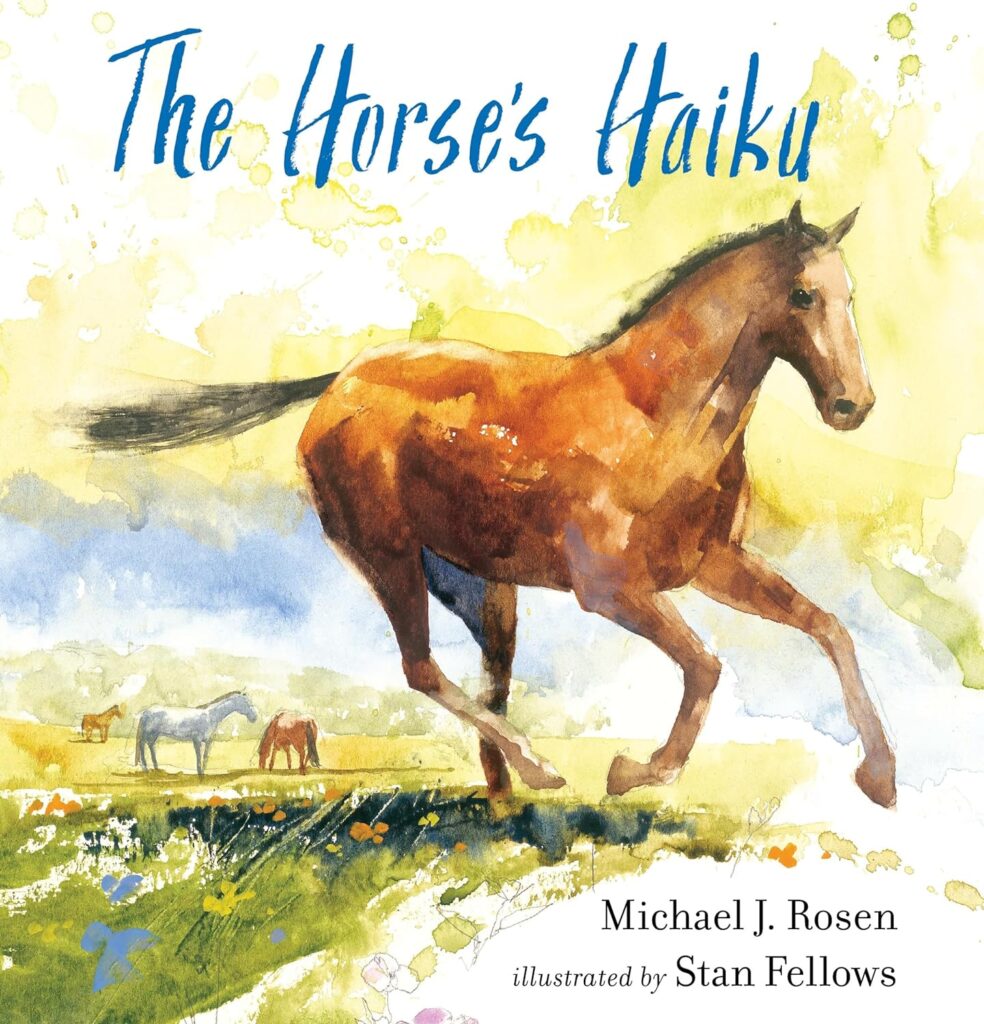
The Horse’s Haiku
Written by Michael J. Roseb
Illustrated by Stan Fellows
Ages 6-9 | 48 Pages
Publisher: Candlewick | ISBN: 9780763689162
Publisher’s Book Summary: From field to stable, from rest to riding, poet Michael J. Rosen captures the nature of horses with spare and graceful haiku. Filled with Stan Fellows’s evocative artwork, this collection celebrates the beauty of horses while peacefully grazing or in all their powerful and dynamic action. Lovers of horses or haiku or those who simply appreciate the natural world will enjoy this contemplation of one of earth’s most beautiful creatures.
Buy the Book
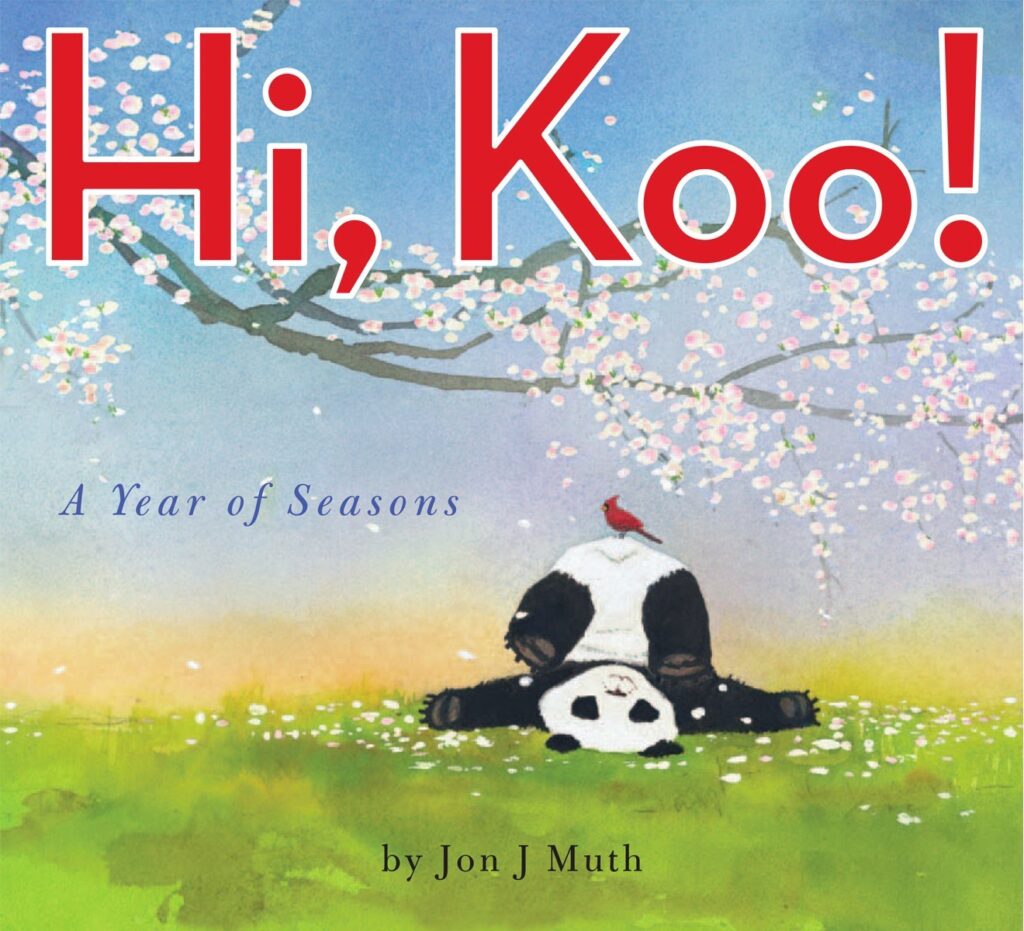
Hi, Koo!
Written and Illustrated by Jon J. Muth
Ages 2-8 | 32 Pages
Publisher: Scholastic Press | ISBN: 9780545166683
Publisher’s Book Summary: Caldecott Honoree and NEW YORK TIMES bestselling author/artist Jon J Muth takes a fresh and exciting new look at the four seasons!
Eating warm cookies on a cold day is easy water catchesevery thrown stone skip skip splash With a featherlight touch and disarming charm, Jon J Muth–and his delightful little panda bear, Koo–challenge readers to stretch their minds and imaginations with twenty-six haikus about the four seasons.
Buy the Book
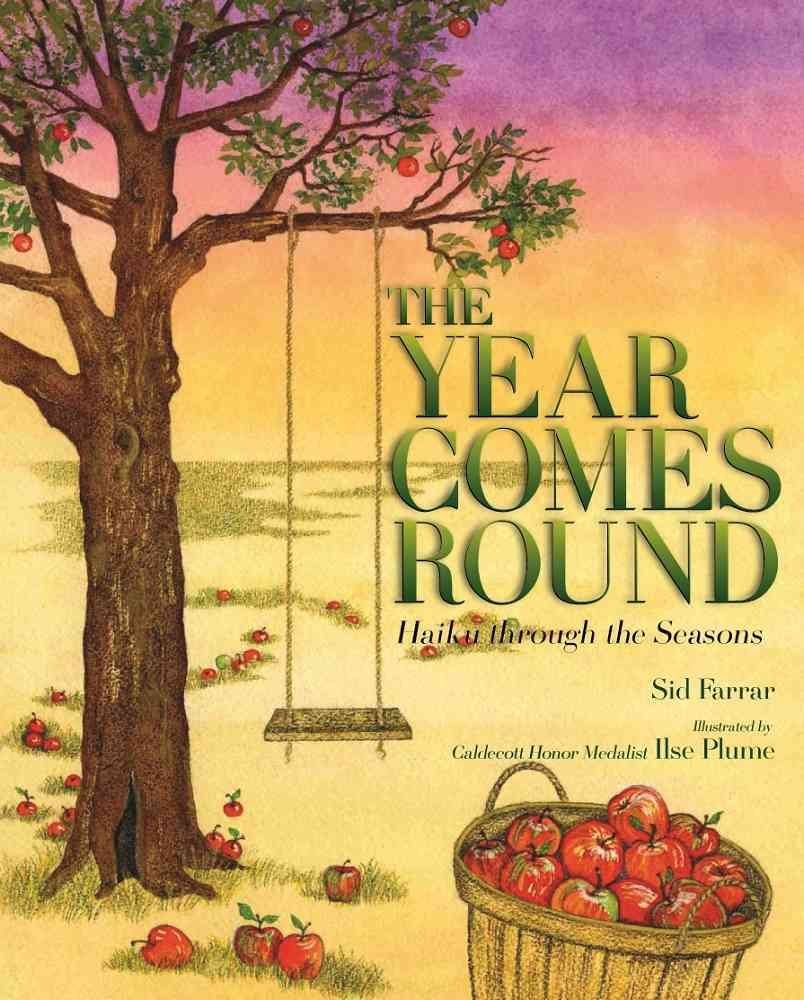
The Year Comes Round: Haiku through the Seasons
Written by Sid Farrar
Illustrated by Ilse Plume
Ages 4-8 | 32 Pages
Publisher’s Book Summary: Brown bear politely/offers to surrender his/den to nosy skunk. Twelve nature-themed haiku accompanied by lush illustrations take the reader from January to December. A great way to introduce children to the traditional Japanese poetry form.
Buy the Book
For more tips on writing haiku, read this article by author Betsy Snyder: The Art of Writing Haiku for Kids.

